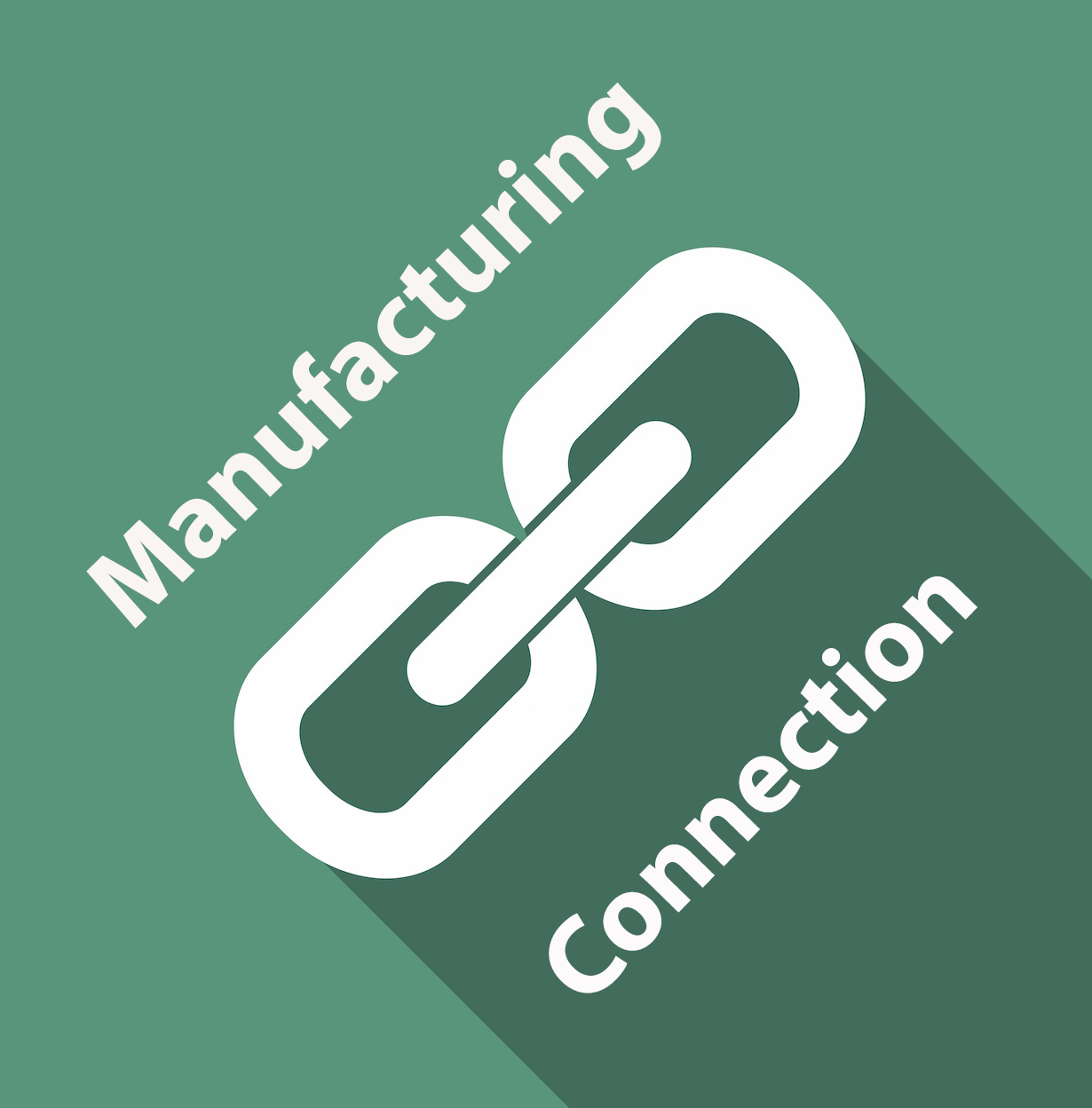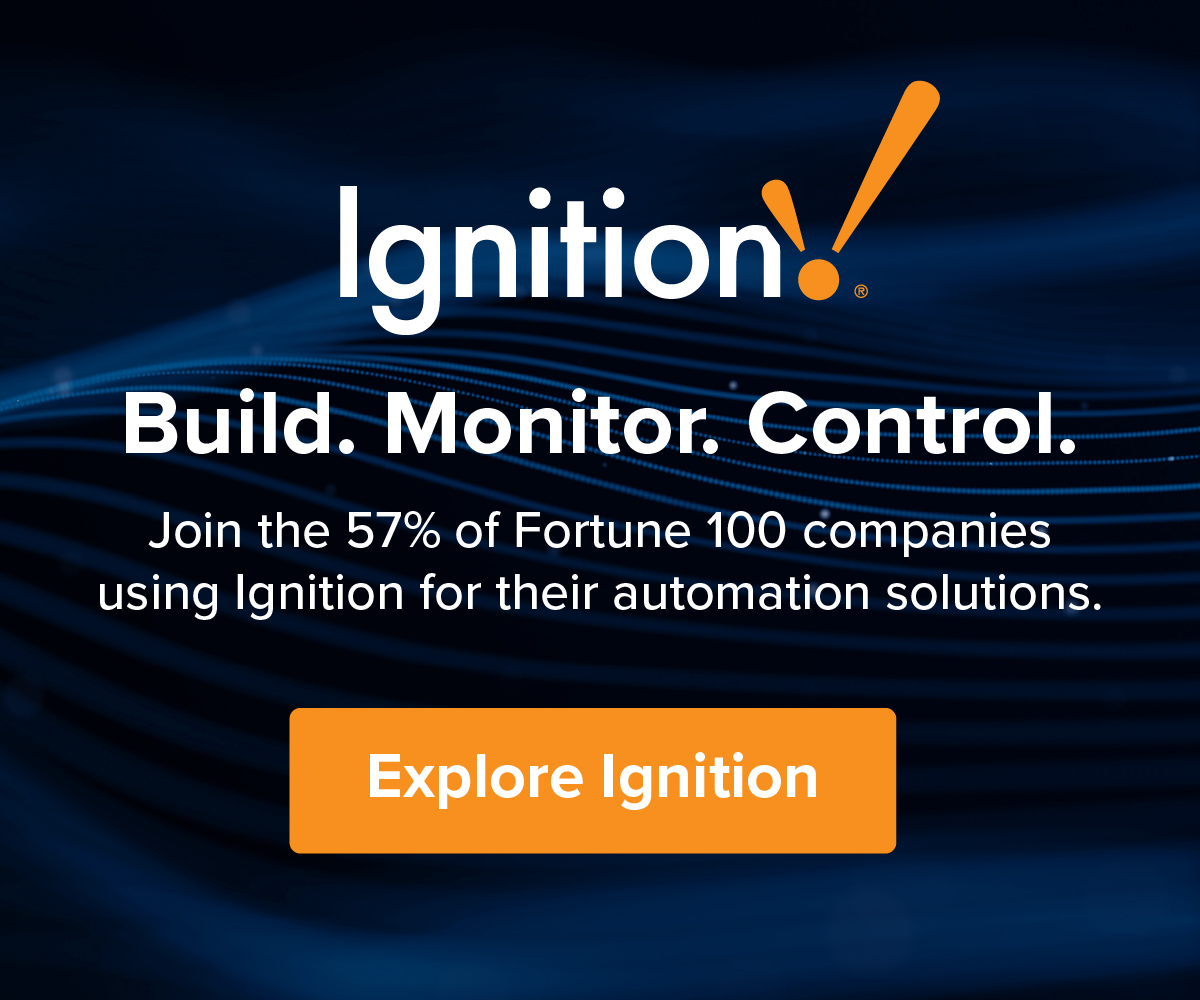
Digital Ecosystems Re-Shaping Markets for Manufacturing
 This report from Accenture looking at technology trends that will affect manufacturing among other businesses shows how people outside of the depths of automation, manufacturing, production arena are amazed by many technologies that we take for granted.
This report from Accenture looking at technology trends that will affect manufacturing among other businesses shows how people outside of the depths of automation, manufacturing, production arena are amazed by many technologies that we take for granted.
Check out the list of five trends, though. We already do some, but there are others that we will be adopting. Do you have your plans, yet?
Accenture report
Annual technology forecast highlights 5 technology trends affecting tomorrow’s digital businesses.
In its annual outlook of global technology trends, Accenture has identified a 180-degree shift to what it calls the “We Economy” that is re-shaping markets and changing the way we work and live. According to Accenture Technology Vision 2015, pioneering enterprises are tapping into a broad array of other digital businesses, digital customers and even digital devices at the edge of their networks to create new digital “ecosystems.”
These leading companies have already begun using technology to transform themselves into digital businesses and are now focusing on combining their industry expertise with the power of digital to reshape their markets. These businesses see great potential to make a difference – and a profit – by operating as ecosystems, not just as individual corporate entities, and driving the emergence of the “We Economy.”
This shift to the “We Economy” was confirmed in a related Accenture global survey of more than 2,000 IT and business executives, which found that four out of five respondents believe that in the future, industry boundaries will dramatically blur as platforms reshape industries into interconnected ecosystems. While 60 percent of those surveyed said they plan to engage new partners within their respective industries, 40 percent said they plan to leverage digital partners outside their industry and 48 percent said they plan to engage digital technology platform leaders.
“In last year’s Technology Vision report we noted how large enterprises were reasserting leadership in their markets by adopting digital to drive their processes more effectively and transform how they go to market, collaborate with partners, engage with customers and manage transactions,” said Paul Daugherty, chief technology officer, Accenture. “Now that digital has become part of the fabric of their operating DNA, they are stretching their boundaries to leverage a broader ecosystem of digital businesses as they shape the next generation of their products, services and business models to effect change on a much broader scale.”
The Accenture Technology Vision 2015 report offers examples of how, in the rapidly growing Industrial Internet of Things – i.e., the interconnection of embedded computing devices within the existing Internet infrastructure – companies are using digital ecosystems to offer new services, reshape experiences and enter new markets. This is supported by the Accenture survey, which found that 35 percent of respondents are already using partner APIs to integrate data and collaborate with business partners, with an additional 38 percent planning to do so. One example is Home Depot, which is working with manufacturers to ensure that all of the connected home products it sells are compatible with the Wink connected home system – thereby creating its own connected home ecosystem and developing potential new services and unique experiences for Wink customers.
Philips is taking a similar approach, teaming with Salesforce to build a platform to reshape and optimize the way healthcare is delivered. The envisioned platform will create an ecosystem of developers building healthcare applications to enable collaboration and workflow between doctors and patients across the entire spectrum of care. The ecosystem to achieve these improved outcomes is vast including electronic medical records as well as diagnostic and treatment information obtained through Philips’ imaging equipment, monitoring equipment, and personal devices and technologies.
Accenture Technology Vision 2015 notes that by tapping into digital ecosystems, Home Depot, Philips and other companies have the ability to grow and generate new sources of revenue in ways they could not achieve alone. The report also highlights five emerging technology trends that reflect the shifts being seen among the digital power brokers of tomorrow:
- The Internet of Me: Our highly personalized world. As everyday objects are going online, so too are experiences – creating an abundance of digital channels that reach deep into every aspect of individuals’ lives. The range of emerging channels that companies report they are using or experimenting with to engage customers includes wearables (cited by 62 percent of survey respondents), connected TVs (68 percent), connected cars (59 percent) and smart objects (64 percent). Forward-thinking businesses are changing the way they build new applications, products and services, and reaping benefits as a result. To gain control over these access points to individuals’ experiences, businesses are creating highly personalized experiences to both engage and exhilarate customers — but having to do it while making sure to not violate customer trust. The majority (60 percent) are seeing a positive return on their investment in personalization technologies. Companies that succeed in this new “Internet of Me” will become the next generation of household names.
- Outcome Economy: Hardware producing hard results. Intelligent hardware is bridging the last mile between the digital enterprise and the physical world. As leading enterprises come face-to-face with the Industrial Internet of Things, they are uncovering opportunities to embed hardware and sensors in their digital toolboxes and using these highly connected hardware components to give customers what they really want: not more products or services, but more meaningful outcomes. In fact, 87 percent of survey respondents acknowledged a greater use of more intelligent hardware, sensors and devices on the edge of networks, leading organizations to increasingly shift from selling products or services to selling outcomes. And 84 percent of respondents touted a deeper level of understanding of how products are being used and outcomes customers want resulting from embedded intelligence in products. These “digital disrupters” know that getting ahead is no longer about selling things, but about selling results. This is the new “outcome economy.”
- The Platform (R)evolution: Defining ecosystems, redefining industries. Digital industry platforms and ecosystems are fueling the next wave of breakthrough innovation and disruptive growth. Increasingly, platform-based companies are capturing more of the digital economy’s opportunities for growth and profitability. In fact, 75 percent of survey respondents believe the next generation of platforms will be led not by large tech companies but by industry players and leaders. And nearly three-quarters (74 percent) are using or experimenting with industry platforms to integrate data with digital business partners. Rapid advances in cloud and mobility are not only eliminating the cost and technology barriers associated with such platforms, but opening up this new playing field to enterprises across industries and geographies. In short, platform-based ecosystems are the new plane of competition.
- Intelligent Enterprise: Huge data + smarter systems = better business. Until now, advanced software has been geared to help employees make better and faster decisions. But with an influx of big data – and advances in processing power, data science and cognitive technology – software intelligence is helping machines make even better-informed decisions. This is the era of software intelligence where applications and tools will take on more human-like intelligence, according to eighty percent of our respondents. And 78 percent of respondents believe software will soon be able to learn and adapt to our changing world and make decisions based on learned experiences. The next level of operational excellence and the next generation of software services will come out of the latest gains in software intelligence, which will drive new levels of evolution and discovery, propelling innovation throughout the enterprise.
- Workforce Reimagined: Collaboration at the intersection of humans and machines. The push to go digital is amplifying the need for humans and machines to do more, together. The majority of survey respondent companies (57 percent) are adopting technologies that enable business users to complete tasks that previously required IT experts, such as data visualization. Advances in natural interfaces, wearable devices and smart machines are presenting new opportunities for companies to empower their workers through technology. This will also raise new challenges in managing a collaborative workforce of people and machines. Seventy-eight percent of the executives surveyed agree successful businesses will manage employees alongside intelligent machines – ensuring collaboration between the two. And 77 percent of respondents believe that within three years, companies will need to focus on training their machines as much as they do on training their employees (e.g., using intelligent software, algorithms and machine learning). Successful businesses will recognize the benefits of human talent and intelligent technology collaborating side by side – and will embrace both as critical members of the reimagined workforce.
“Rather than simply focusing internally, on improving their own operations, successful companies are looking externally to create and become part of digital ecosystems,” said Daugherty. “They’re beginning to see the importance of selling not just products and services, but outcomes — and that requires weaving their businesses into the broader digital fabric that extends to customers, partners, employees and industries.”
For nearly 15 years, Accenture has taken a systematic look across the enterprise landscape to identify emerging IT trends that hold the greatest potential to disrupt businesses and industries. For more information on this year’s report, visit www.accenture.com/technologyvision or follow the conversation on Twitter with #TechVision2015.
About the Methodology
Accenture’s Technology Vision is developed annually by the Accenture Technology Labs. For the 2015 report, the research process included gathering input from the Technology Vision External Advisory Board, a group comprising more than two dozen executives and entrepreneurs from the public and private sectors, academia, venture capitalists and startup companies. In addition, the Technology Vision team conducted nearly 100 interviews with technology luminaries, industry experts and Accenture business leaders. The team also tapped into the vast pool of knowledge and innovative ideas from professionals across Accenture, using Accenture’s collaboration technologies and a crowdsourcing approach to launch and run an online contest to uncover the most-interesting emerging technology themes. More than 1,700 Accenture professionals participated in the contest, contributing valuable ideas and voting on others’ input.
In parallel, Accenture Research conducted a global survey of 2,000 business and IT executives across nine countries and 10 industries to capture insights into the adoption of emerging technologies. The survey identified key issues and priorities for technology adoption and investment. Respondents were mostly C-level executives and directors, with some functional and line-of-business leads, at companies with annual revenues of at least US$500 million, with the majority of companies having annual revenues greater than US$6 billion.





